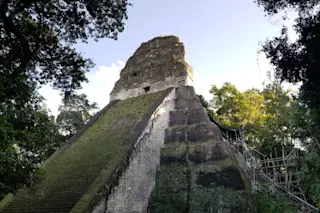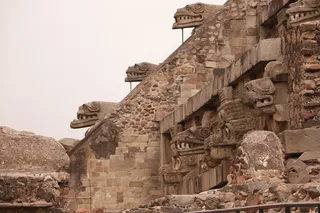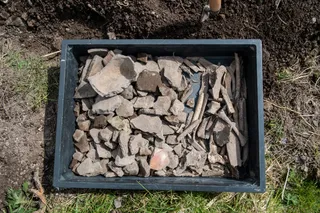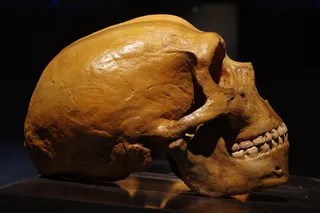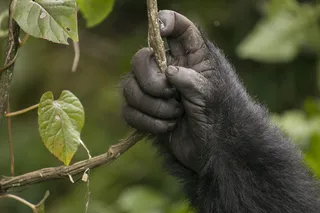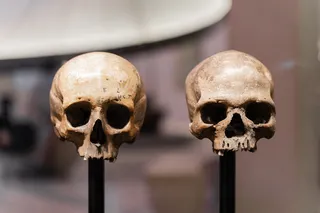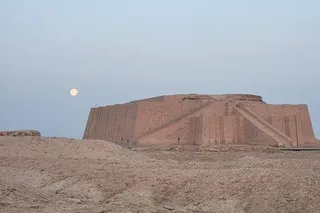A buried ancient altar at the center of the Maya city of Tikal points to the tensions between the Maya and their neighbors in the late 300s C.E. According to a new study in Antiquity, the altar wasn’t made by artisans trained in Tikal. Instead, it was made by artisans trained in Teotihuacan, an ancient city around 630 miles away that had a heavy influence — and a heavy hand — over Tikal in the fourth century C.E.
“It’s increasingly clear that this was an extraordinary period of turbulence at Tikal,” said Stephen Houston, a study author and an archaeologist and anthropologist at Brown University, according to a press release. “What the altar confirms is that wealthy leaders from Teotihuacan came to Tikal and created replicas of ritual facilities that would have existed in their home city. It shows Teotihuacan left a heavy imprint there.”
According to the study authors, ...



